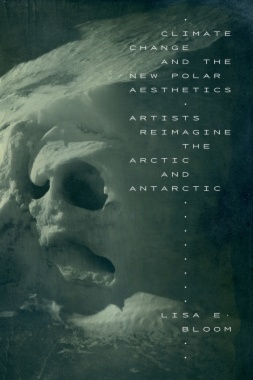

Federal law prohibits housing discrimination on the basis of seven protected classes including race. Despite 30 years of legal prohibition under the Fair Housing Act, however, there is evidence of continuing discrimination in American housing, as documented by several recent reports. In 1998, the Department of Housing and Urban Development (HUD) funded a $7.5 million independently conducted Housing Discrimination Survey (HDS) of racial and ethnic discrimination in housing rental, sales, and lending markets (Public Law 105-276). This survey is the third such effort sponsored by HUD. Its intent is to provide a detailed understanding of the patterns of discrimination in housing nationwide.
In 1999, the Committee on National Statistics (CNSTAT) of the National Research Council (NRC) was asked to review the research design and analysis plan for the 2000 HDS and to offer suggestions about appropriate sampling and analysis procedures. The review took the form of a workshop that addressed HUD's concerns about the adequacy of the sample design and analysis plan, as well as questions related to the measurement of various aspects of discrimination and issues that might bias the results obtained. The discussion also explored alternative methodologies and research needs. In addition to addressing methodological and substantive issues related specifically to the HDS, the workshop examined broader questions related to the measurement of discrimination.